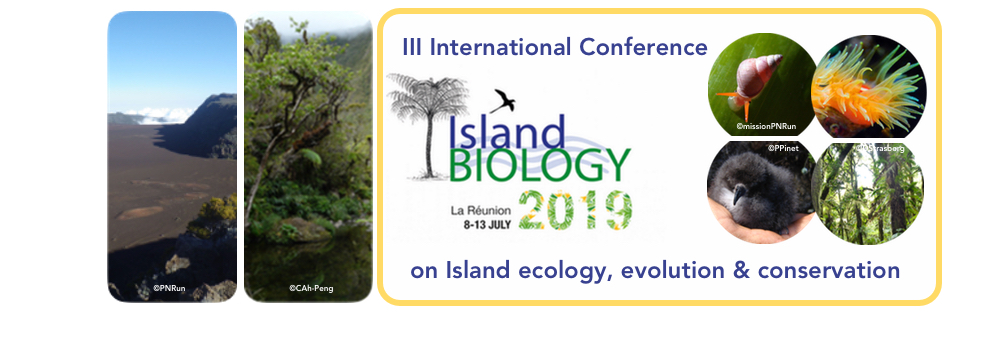Research on the dynamics of biodiversity has progressed tremendously over recent years, though in two separate directions – ecological, to determine change over space at a given time, and evolutionary, to understand change through time. Integration of these approaches has remained elusive, due both to the difficulty of dealing with more than a few taxonomic groups at a time within a given community, as well as the inability to measure ecological attributes of communities over extended evolutionary time. However, we now have ways to address these issues using archipelagoes with a known geological chronology that provide an opportunity to study ecological interactions over evolutionary time. Within this framework, technologies of next-generation sequencing are allowing estimates of abundance and diversity of entire communities of organisms, while theoretical developments can provide constructs for interpretation of patterns of change through time. We use metabarcoding data from entire arthropod communities generated across sites of different geological age across the Hawaiian Island chronosequence. The data provide information on diversity, abundance, and habitat associations. We examine these patterns across the islands to assess the dynamics of community assembly over time. Results indicate that species abundance distributions deviate from expectations at different stages (or ages) of community development; likewise, network structure over the island chronosequence changes in a fairly predictable manner. Within the theoretical construct, the data allow us to understand the dynamics shaping community structure over extended time and provide insights into how communities might be expected to accommodate changes in the future as island communities are confronted with biotic homogenization. The results have key implications for assessment of the status of biological communities and approaches for conservation and restoration.

|
|
|
|
Origins of diversity on islands: the nexus of ecology and evolution in community assembly
1 : University of California [Berkeley]
Berkeley, CA -
United States
2 : Trier University
Universität Trier, Universitätsring 15, D-54296 Trier -
Germany
3 : Santa Fe Institute
* : Corresponding author
1399 Hyde Park Rd, Santa Fe, NM 87501, USA -
United States
|
| Online user: 18 | RSS Feed |

|
 PDF version
PDF version